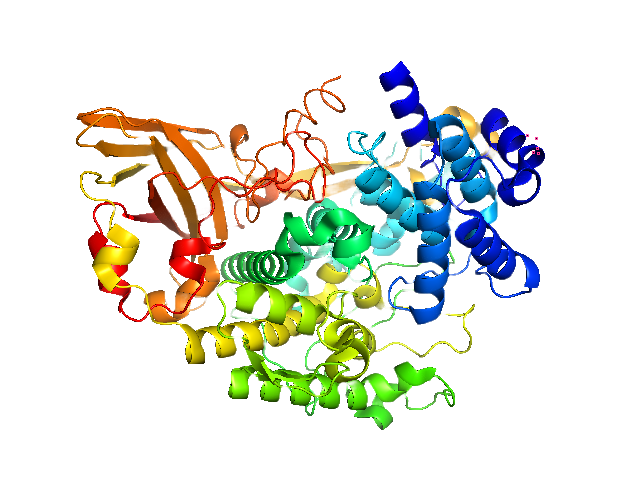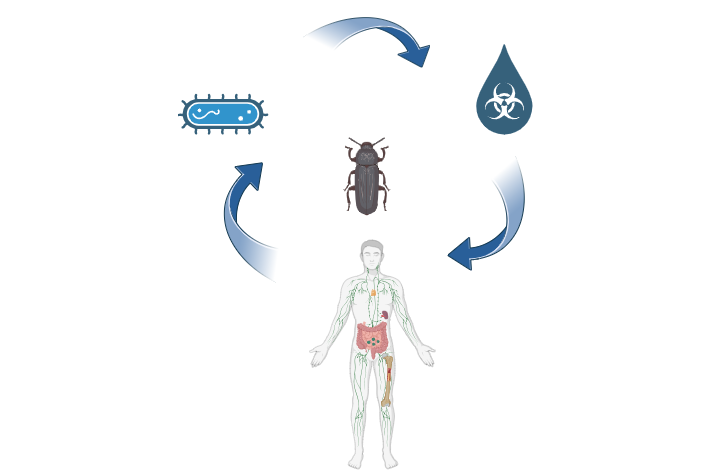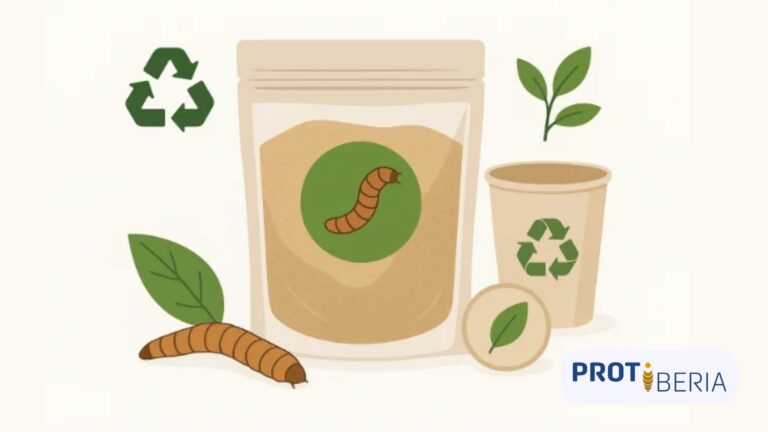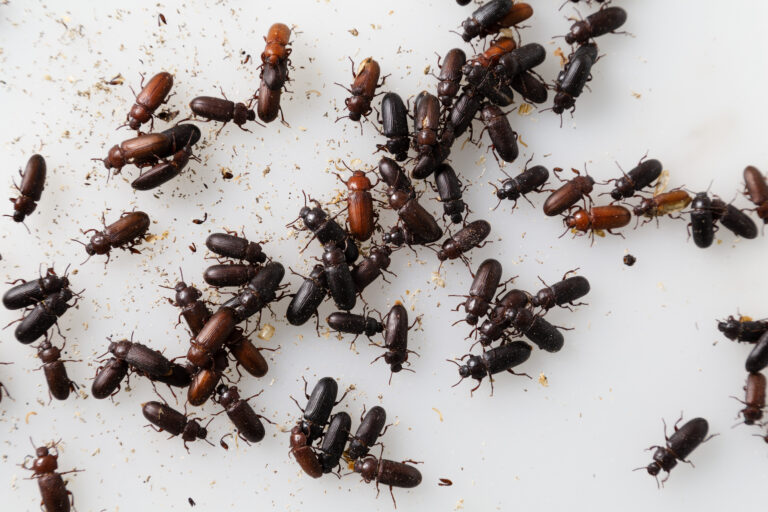| Tenebrio molitor has remarkable potential in the pharmaceutical industry due to its bioactive compounds and nutritional properties. In addition, it provides chitin and chitosan, versatile biopolymers used in drug delivery systems and tissue engineering. Finally, it also serves as a biological model in toxicity, immunology and disease studies, aiding in the development of new treatments and drugs. |
Tenebrio molitor, commonly known as mealworm, is an insect with significant potential in the pharmaceutical industry.
This insect has captured the attention of researchers due to its bioactive compounds and nutritional properties that can be exploited in the production of drugs, dietary supplements and novel therapies.
In this blog, three main applications of Tenebrio molitor in the pharmaceutical industry will be explored.
Source of Bioactive Proteins and Peptides
Tenebrio molitor is a rich source of high quality proteins, which makes it a valuable resource for the pharmaceutical industry. Proteins and peptides derived from this insect have bioactive properties that can be beneficial in the formulation of dietary supplements and medicinal therapies.
Tenebrio molitor proteins are rich in essential amino acids, which makes them comparable to animal proteins in terms of nutritional value. In addition, peptides obtained by hydrolysis of these proteins have been shown to have antioxidant, antimicrobial, anti-inflammatory and anticancer properties.
These properties make Tenebrio molitor peptides promising candidates for the development of dietary supplements and therapies for chronic diseases such as cancer, cardiovascular diseases and inflammatory disorders.

Chitosan and chitin production
Tenebrio molitor is an important source of chitin, which is present in the exoskeleton, wings and appendages of these animals.
Chitin is a biopolymer that can be transformed into chitosan by a deacetylation process. It is a versatile material with multiple applications in the pharmaceutical industry due to its biocompatible, biodegradable and non-toxic properties.
Chitosan is known for its ability to form films and gels, which makes it ideal for use in controlled drug release systems. It can be used to encapsulate drugs, improving their stability and controlling their release in the body.
In addition, chitosan has antimicrobial properties and promotes wound healing, making it a valuable component in the formulation of wound dressings and other wound care products.
Chitosan derived from Tenebrio molitor also has applications in tissue engineering. Thanks to its biocompatibility and ability to form three-dimensional scaffolds, chitosan can be used as a base material for tissue regeneration and the creation of biocompatible implants. Its use in tissue engineering could revolutionize the treatment of injuries and diseases that require the regeneration or replacement of damaged tissues.

Biological Model for Disease Study
Tenebrio molitor is used as a biological model in disease research and in the development of new treatments. Its physiological and genetic characteristics make it a suitable organism for toxicology, immunology and pathogenesis studies.
Researchers use Tenebrio molitor to evaluate the toxicity of new pharmaceutical compounds. Because of its sensitivity to various chemicals, this insect can provide preliminary data on the toxicity and adverse effects of new drugs before human clinical trials are conducted. This not only helps to identify potential risks, but it can also speed up the drug development process.
The immune system of Tenebrio molitor is another field of interest. Studying the immune responses of this insect can provide information on basic immunological mechanisms that may be applicable to humans. In addition, certain immune components of Tenebrio molitor can be isolated and studied for the development of new immunomodulatory therapies.
Tenebrio molitor is also used in the modeling of infectious and chronic diseases. Their responses to bacterial and viral infections can provide valuable information on the pathogenesis of these diseases and help in the search for effective treatments.
Furthermore, studies of aging and metabolic diseases in Tenebrio molitor may contribute to the development of interventions to improve health and longevity in humans.

Conclusion
Tenebrio molitor offers a wide range of applications in the pharmaceutical industry, from being a source of bioactive proteins and peptides to providing chitin and chitosan and serving as a biological model for the study of diseases. These applications not only demonstrate the versatility of this insect, but also underscore its potential to contribute significantly to the advancement of medical science and pharmacology.
With the continued development of technologies and research methods, the role of Tenebrio molitor in the pharmaceutical industry is likely to expand further, opening new venues for innovation and the development of effective therapies.
Sources
Cunha, N., Andrade, V., Ruivo, P., & Pinto, P. (2023). Effects of Insect Consumption on Human Health: A Systematic Review of Human Studies. Nutrients, 15(14), 3076. https://doi.org/10.3390/nu15143076
Nafary, A., Nezhad, S. A. M., & Jalili, S. (2023). Extraction and characterization of chitin and chitosan from Tenebrio Molitor beetles and investigation of its antibacterial effect against Pseudomonas aeruginosa. Advanced Biomedical Research, 12(1), 96. https://doi.org/10.4103%2Fabr.abr_205_22
Shi, C., Zhu, Y., Ran, X., Wang, M., Su, Y., & Cheng, T. (2006). Therapeutic potential of chitosan and its derivatives in regenerative medicine. Journal of Surgical research, 133(2), 185-192. https://doi.org/10.1016/j.jss.2005.12.013
Siddiqui, S. A., Li, C., Aidoo, O. F., Fernando, I., Haddad, M. A., Pereira, J. A., … & Câmara, J. S. (2023). Unravelling the potential of insects for medicinal purposes–a comprehensive review. Heliyon. https://doi.org/10.1016%2Fj.heliyon.2023.e15938
Yi, L., Lakemond, C. M., Sagis, L. M., Eisner-Schadler, V., van Huis, A., & van Boekel, M. A. (2013). Extraction and characterisation of protein fractions from five insect species. Food Chemistry, 141(4), 3341-3348. https://doi.org/10.1016/j.foodchem.2013.05.115



